Optimal Timing for Fire Restoration
Determining the optimal time for fire restorations depends on various factors including weather conditions, fire season intensity, and property-specific circumstances. Typically, restoration efforts are most effective during the late spring to early fall when weather is stable and accessible. Addressing fire damage promptly can minimize long-term structural issues and reduce restoration costs.
Restorations are ideally performed after fire seasons when weather allows safe and efficient work. Avoiding winter months prevents delays caused by snow and cold temperatures.
Dry, warm weather facilitates restoration activities and reduces the risk of further damage from rain or snow during the process.
Severe fire damage requires immediate attention regardless of season, but planning repairs during favorable weather can ensure quality work.
Accessibility to the affected property influences timing; clearer access in drier months allows for more efficient restoration.

Ways to make Fire Restorations work in tight or awkward layouts.
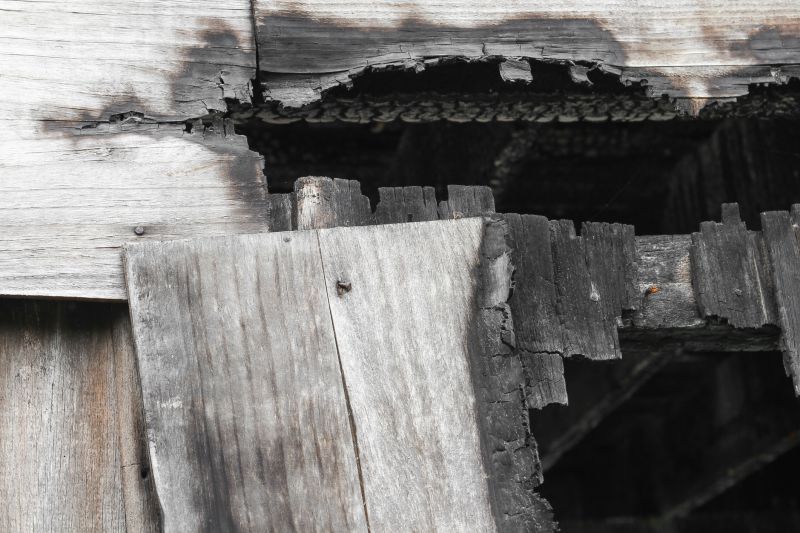
Popular materials for Fire Restorations and why they hold up over time.
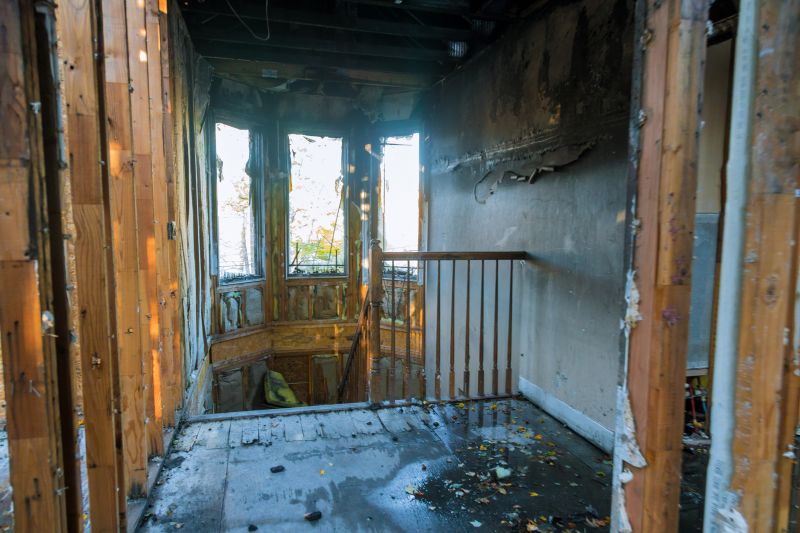
Simple add-ons that improve Fire Restorations without blowing the budget.
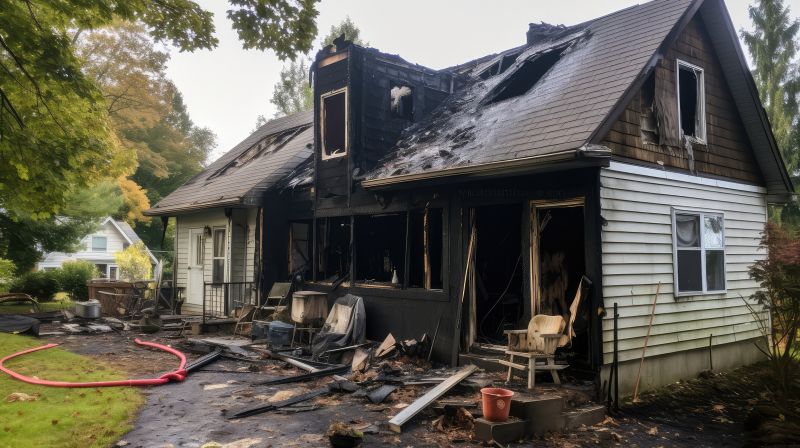
High-end options that actually feel worth it for Fire Restorations.

Finishes and colors that play nicely with Fire Restorations.
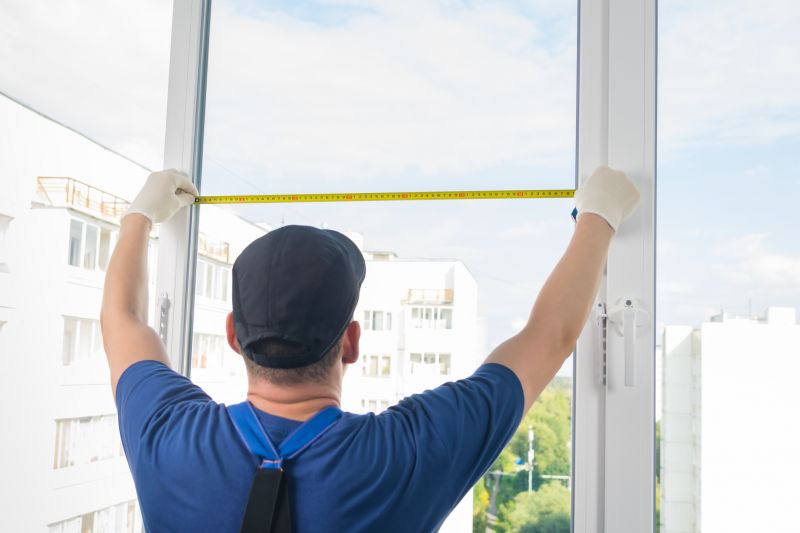
Little measurements that prevent headaches on Fire Restorations day.
Fire restorations involve comprehensive processes including debris removal, structural repairs, smoke odor mitigation, and property cleanup. Advances in restoration technology and techniques enable more efficient and thorough recovery efforts, reducing the impact of fire damage on properties.
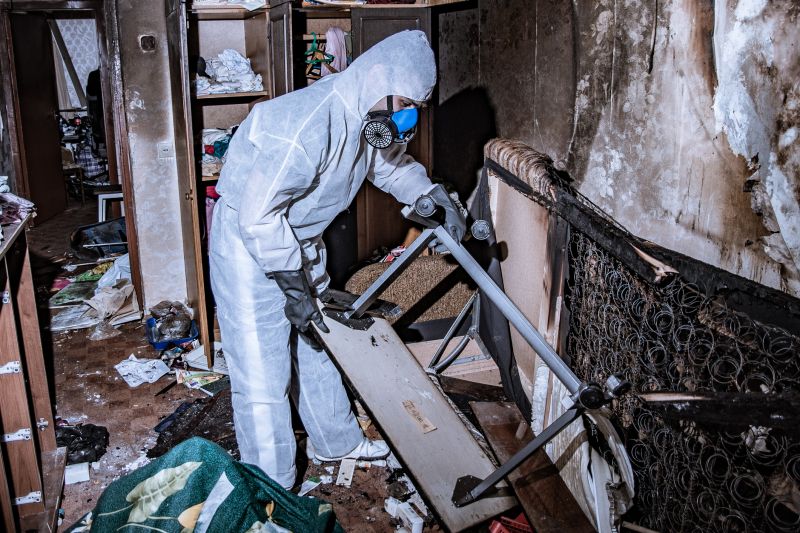
A 60-second routine that keeps Fire Restorations looking new.

A frequent mistake in Fire Restorations and how to dodge it.
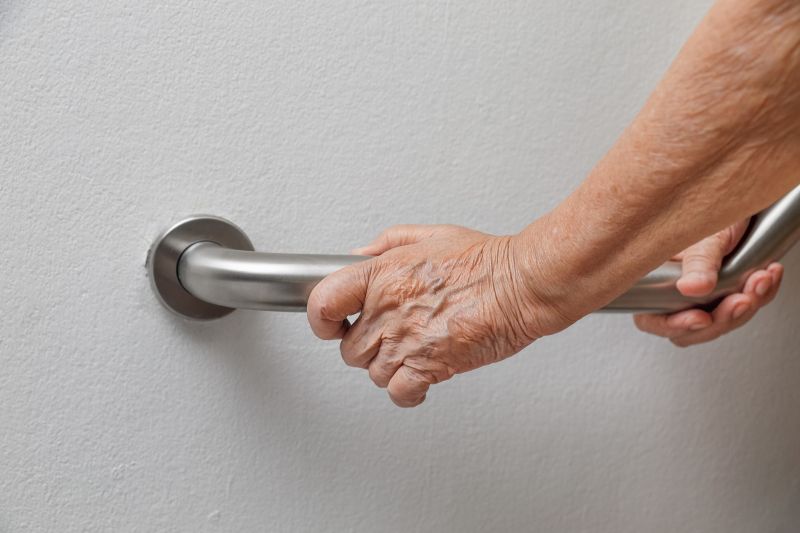
Small tweaks to make Fire Restorations safer and easier to use.
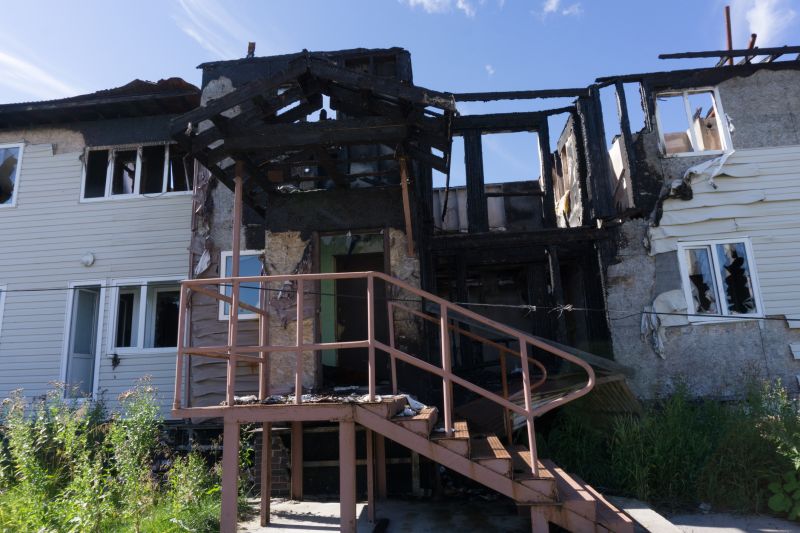
Lower-waste or water-saving choices for Fire Restorations.
| Aspect | Details |
|---|---|
| Optimal Season | Late spring to early fall |
| Weather Conditions | Dry and warm weather preferred |
| Fire Severity | Immediate response recommended for severe damage |
| Accessibility | Easier during dry months |
| Resource Availability | Higher in late spring and summer |
| Impact of Delays | Increased costs and property deterioration |
| Preparation Time | Depends on extent of damage and weather |
| Inspection Timing | Best during stable weather conditions |
